Description
One-of-a-kind new rug, hand-knotted near the small city of Boujad in the Chaouia-Ouardigha region of Morocco
Dimensions: 2’4″ x 10’10” (70 cm x 330 cm)
Natural inconsistencies are inherent in these unique, handcrafted rugs
One-of-a-kind new rug, hand-knotted near the small city of Boujad in the Chaouia-Ouardigha region of Morocco
Natural inconsistencies are inherent in these unique, handcrafted rugs
- Only one in stock
- 100% wool
- Dimensions: 2’4″ x 10’10” (70 cm x 330 cm)
- One-sided fringe: measures 3.9″ (10 cm)
- Plush pile: approximately 1.2″ (3 cm)
- Color palette: faded raspberry, emerald green, cadet blue, dark dusty rose pink
- These rugs are prized for their expressive design and construction. Their freeform edges meander and wiggle, unbound by constrictions of mass production
- Moroccan rugs don’t come with a key. As with any painting or poem, their motifs have many subjective interpretations. Originally made for personal use, these rugs took months to weave, documenting a shifting tide of events and emotions in the weaver’s life
- An absolute classic, diamond-based designs create a beautiful and dynamic field of geometric shapes
- A simple, but classic design—zig-zag patterns represent water as a vital element in life
- Dust and dirt that accumulate in your rug can erode the fibers over time. The best way to combat this is to take your rug outside and give it a good shake once a week. Depending on how large it is, you may need to recruit a friend to help. Also, be sure to get a rug pad—this helps to preserve your rug in spite of dirt.
- If shaking it out isn’t possible, you can vacuum it instead—just be cautious, and don’t use a rotary vacuum, because it can damage the fibers. Once or twice a month, use the suction attachment gently, from side to side. Once or twice a year, flip your rug over and vacuum the back.
- Once a year, let it sunbathe. Hang it in the sun for a few hours when it’s hottest, and flip it over midway through, to expose both sides to direct sunlight. This sun-bleaching helps further sanitize the wool. It’s a natural method to bleach and deodorize it.
- To ensure equal wear and protect against walk patterns, change your rug’s direction periodically. You can also flip your rug upside-down once in awhile, and use it like that for a bit. With Moroccan rugs, the back is typically as nice as the front.
- Every 3-5 years, we recommend getting your rug professionally hand-washed with a Moroccan rug expert. Please do not take it to get steam or dry cleaned—this will almost certainly damage the rug! Hand-washing requires the use of a pH-balanced shampoo, worked into the rug by hand with a soft-bristled brush, before being rinsed thoroughly. This process should be repeated a few times.
- In case of spills:
- If the spill is organic and non-oily (e.g., wine), use a paper towel or cloth to blot the liquid. Add some clean water sparingly to the spot to dilute the stain (or wet a paper towel or cloth) and blot. Repeat this process until the stain is removed.
- If the stain is persistent, resist the urge to scrub. Scrubbing can damage the wool fibers and more easily allow the stain to penetrate. You may try using a mild detergent, such as very diluted dishwashing soap, following the same blot-and-rinse procedure.
- If the spill is a denser, more oily liquid, try first to scoop what you can from the surface using a spoon or perhaps some heavier paper, and then do the blot-and-rinse. If the spill is significant, non-organic and/or composed of chemical substances, or the above methods don’t work, we suggest getting the rug professionally hand-washed as soon as possible.
- For rugs with deeply saturated color palettes, be sure to spot-clean them in an area that can be hosed down immediately after, as some color bleeding may occur.
Motifs
Region of Origin
Boujad was considered a holy town. Boujad rugs were made by a variety of tribes, and thus vary widely in color, composition, and weave. Often described with words like surreal, mystic, and mesmerizing, these rugs depict a world beyond reality. Construction-wise, they have twice as many horizontal as vertical knots, which makes them floppy and easy to move.
Material Details
Wool, a staple in Moroccan rug design, was considered almost sacred to the Amazigh (Berber) people, whose nomadic lifestyle included sheep and goat herding. In addition to being available, wool is durable, long-lasting, and soft—so it’s super comfy to walk and relax on. In this piece, the wool pile is knotted onto a wool foundation, adding body and helping it hug the floor.
Moroccan wool is locally sourced and produces a thick, strong pile that feels soft and fluffy underfoot. A small amount of shedding is to be expected from this natural fiber, but it’s worth it: its high pile is beloved for its wild, tousled texture.

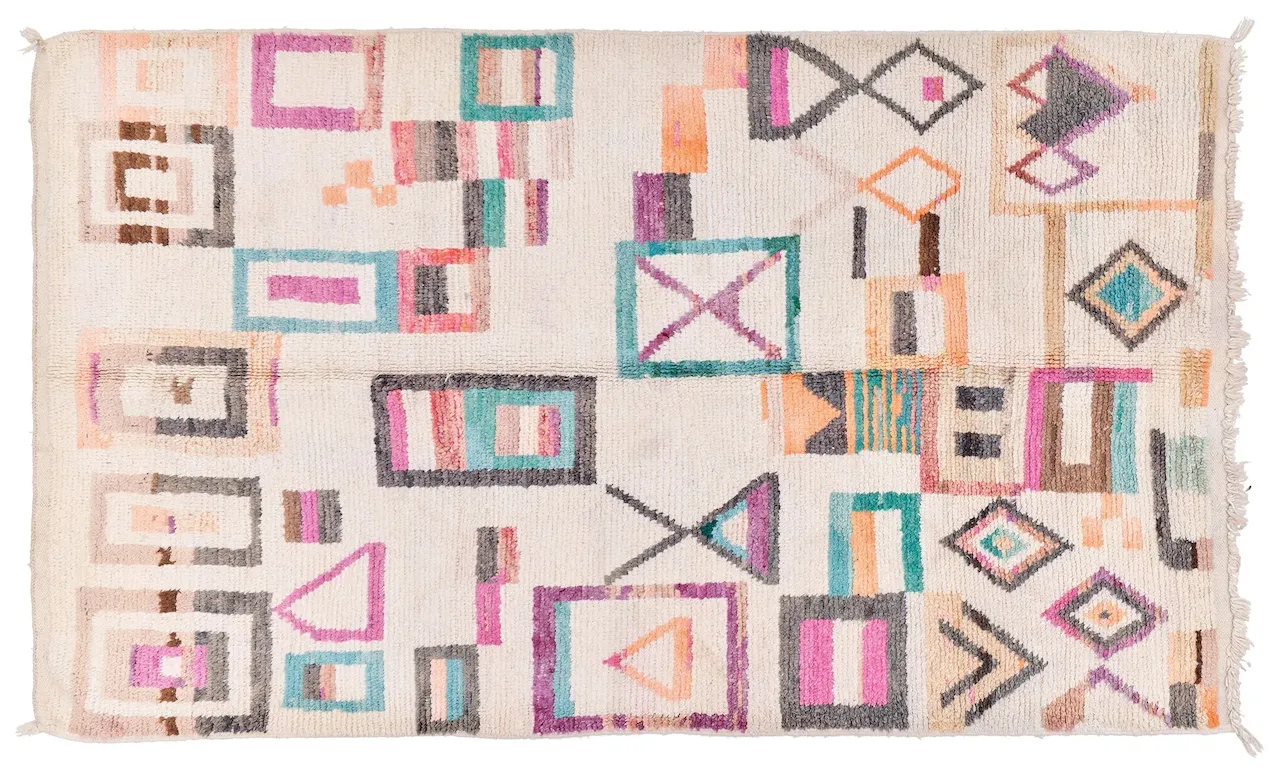
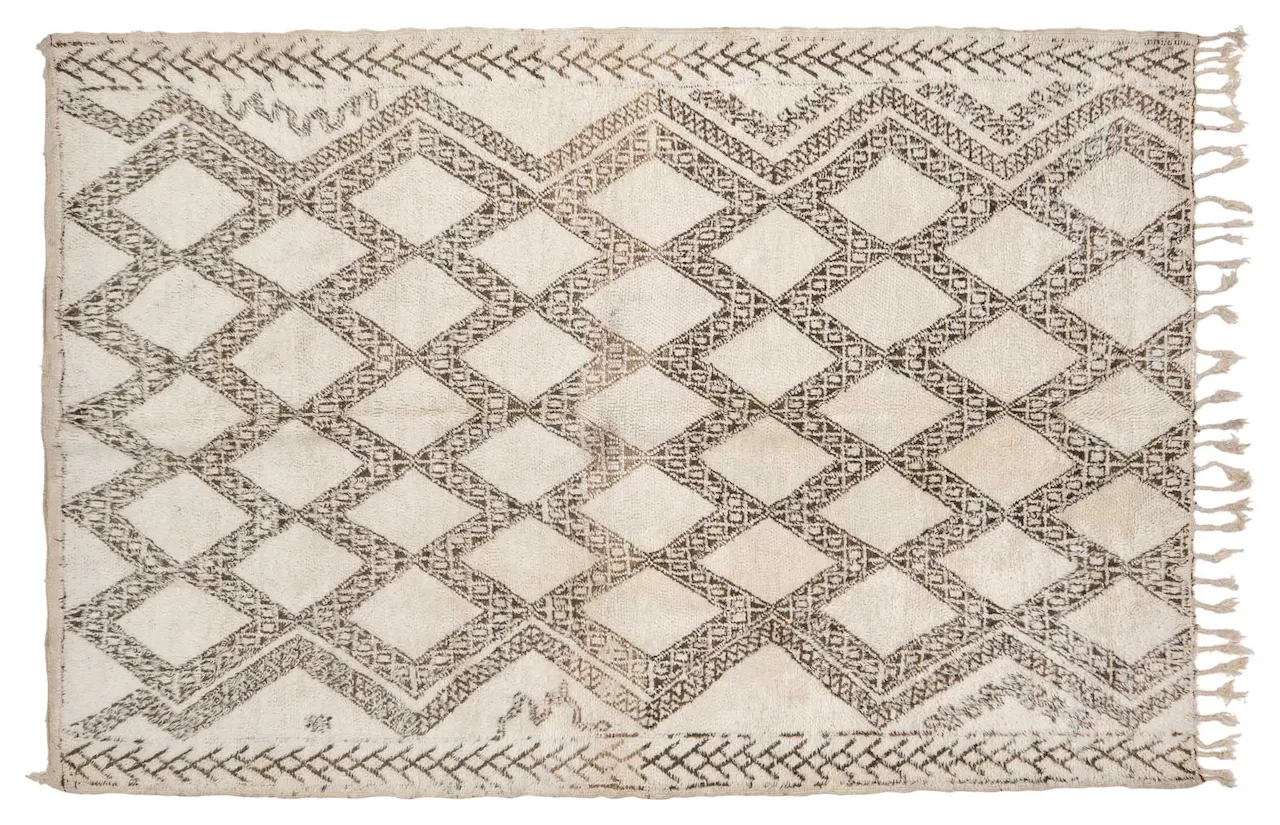

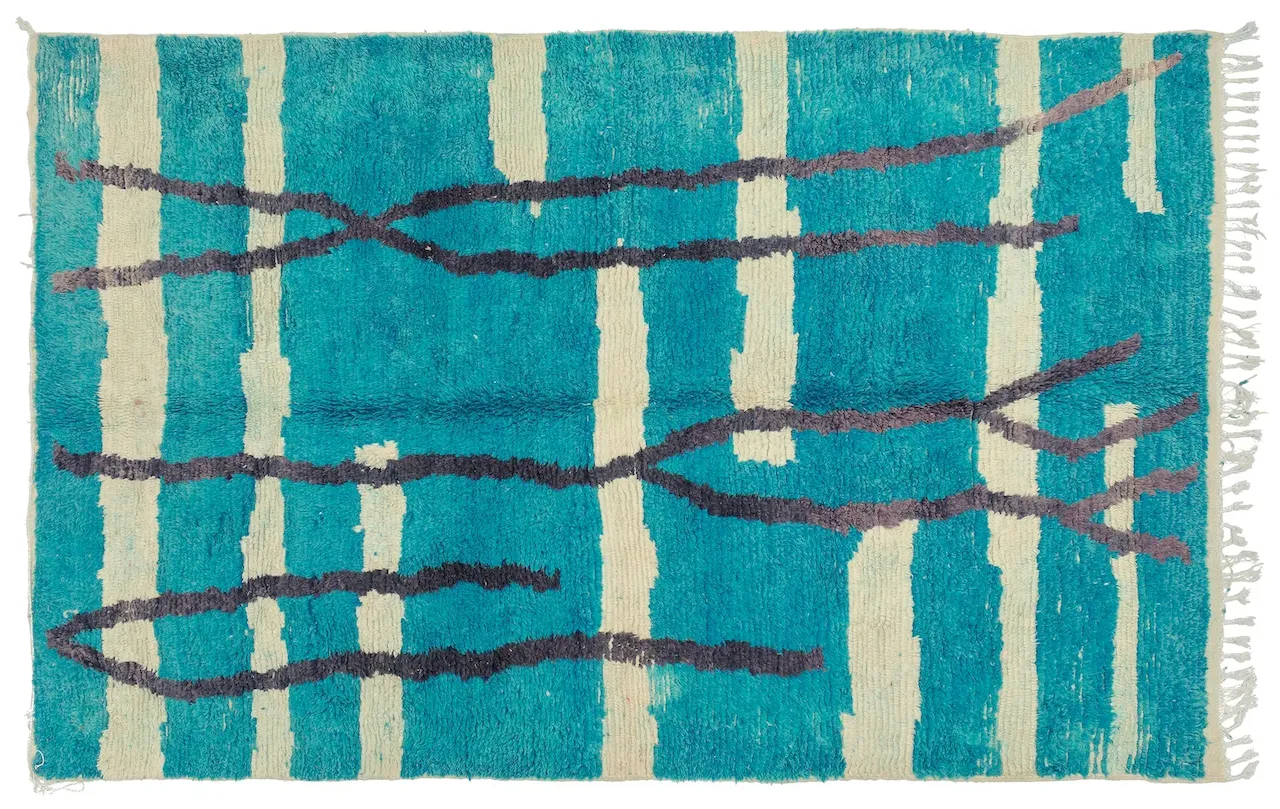



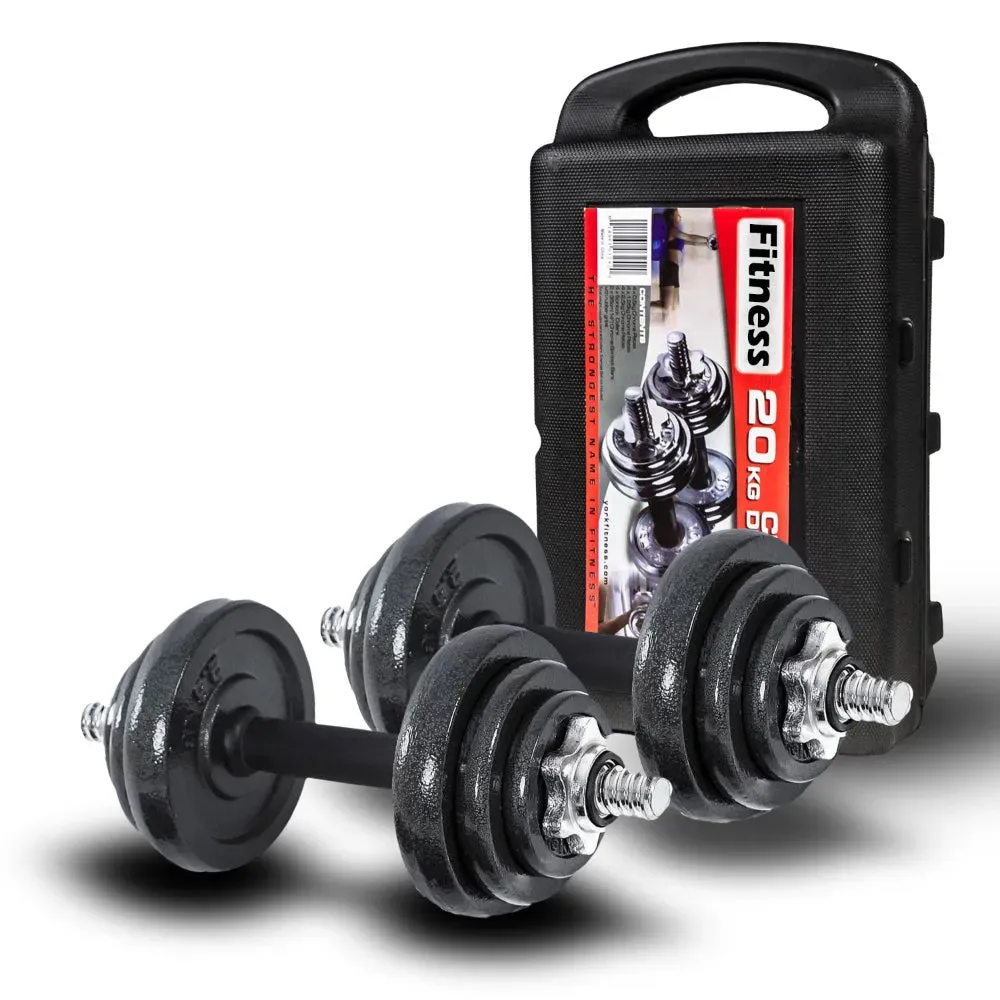 Bargene 20Kg Cast Iron Dumbbell Set Weight Home Gym Training Fitness Barbell Case Dumbbells
Bargene 20Kg Cast Iron Dumbbell Set Weight Home Gym Training Fitness Barbell Case Dumbbells 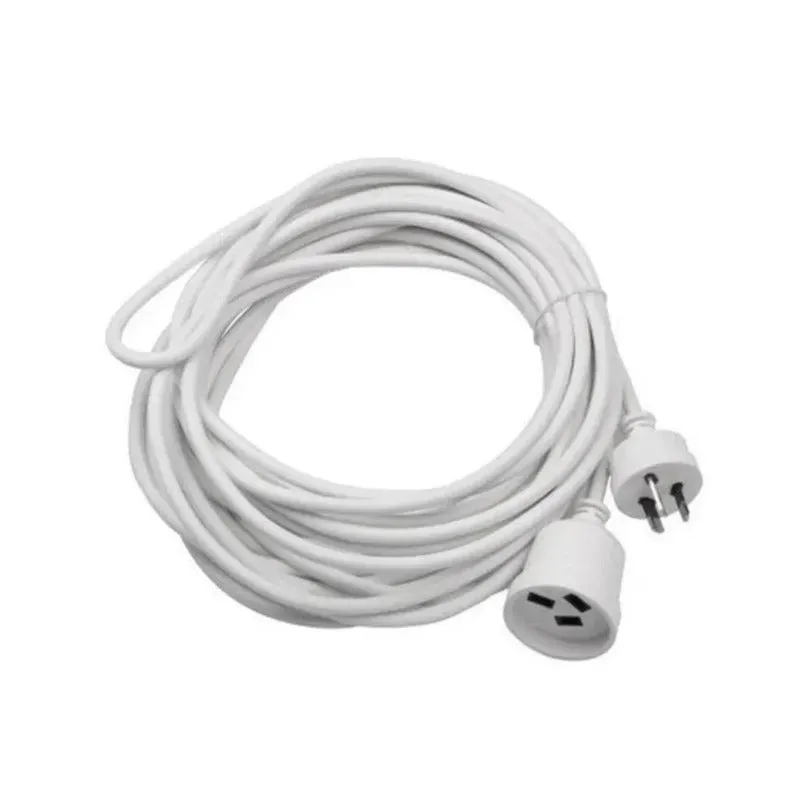 Power Cables & Connectors Sansai 2X 5 Meters Power Extension Cord
Power Cables & Connectors Sansai 2X 5 Meters Power Extension Cord  Kalinka
Kalinka 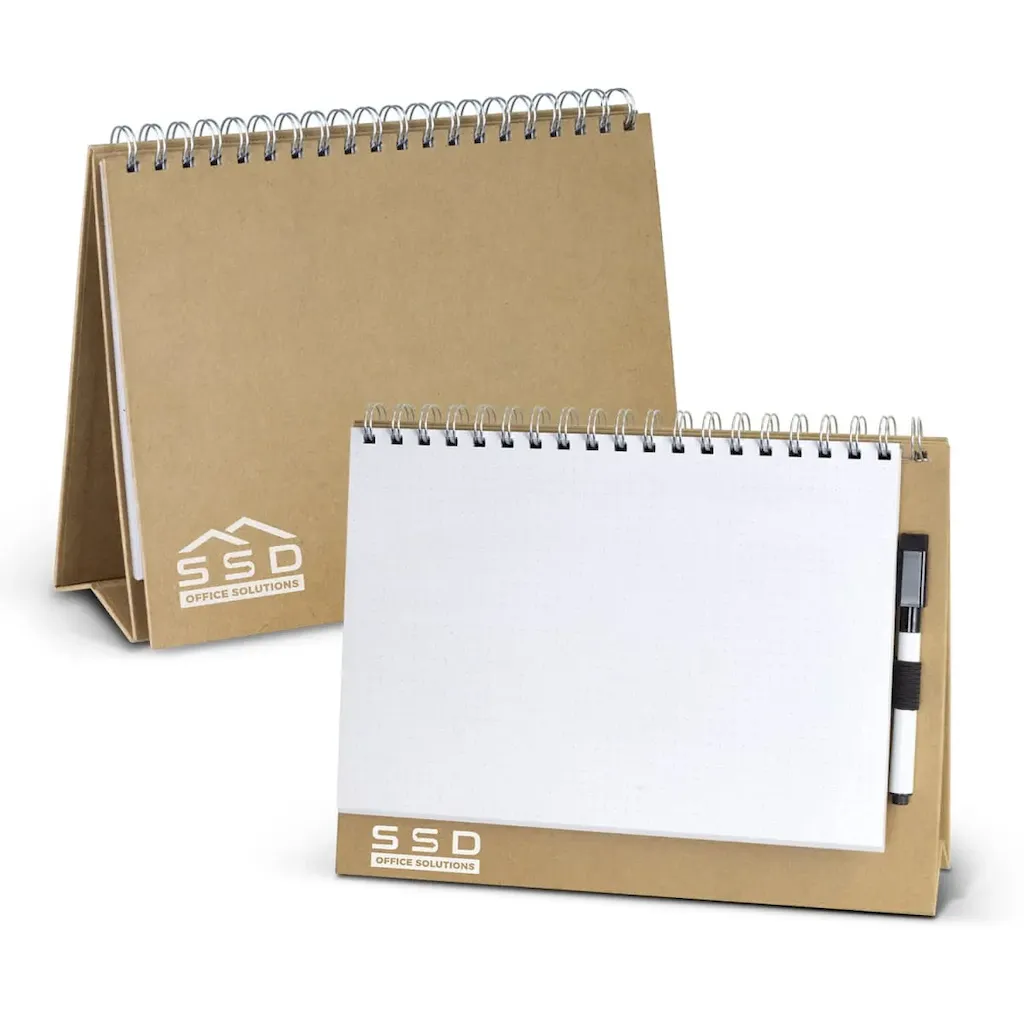 Desk Whiteboard Notebook
Desk Whiteboard Notebook  Cordes
Cordes 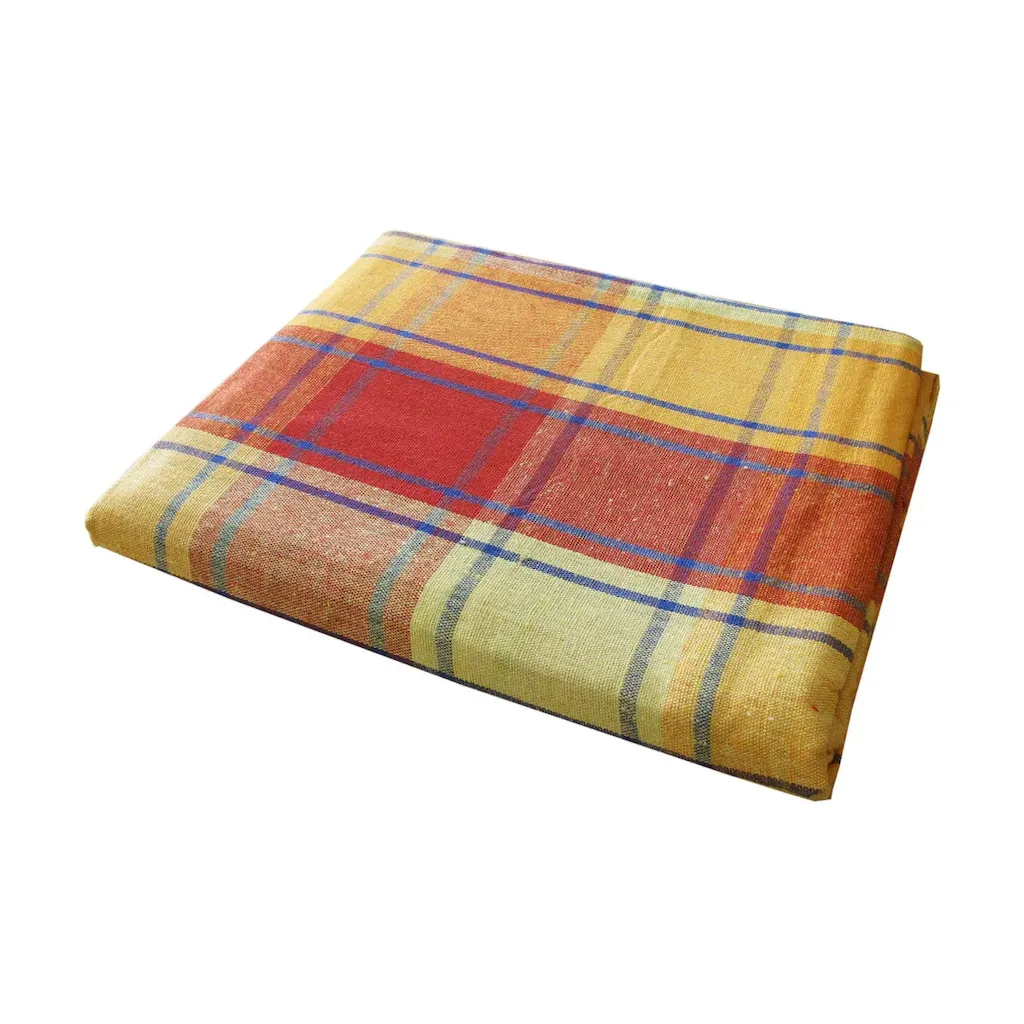 Cotton Plaid Checks Oblong Table Cloth Yellow 130 X 180Cm Table Cloths
Cotton Plaid Checks Oblong Table Cloth Yellow 130 X 180Cm Table Cloths 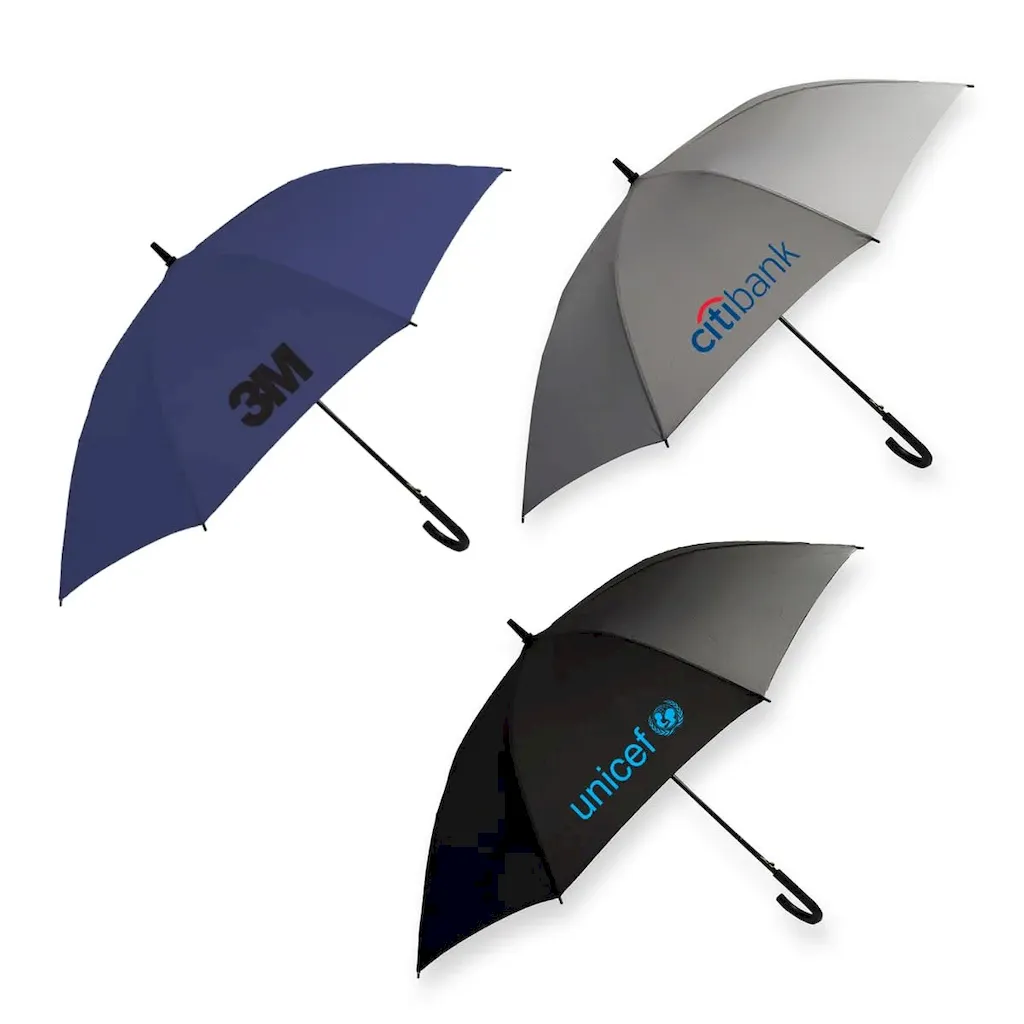 Corporate Umbrella
Corporate Umbrella 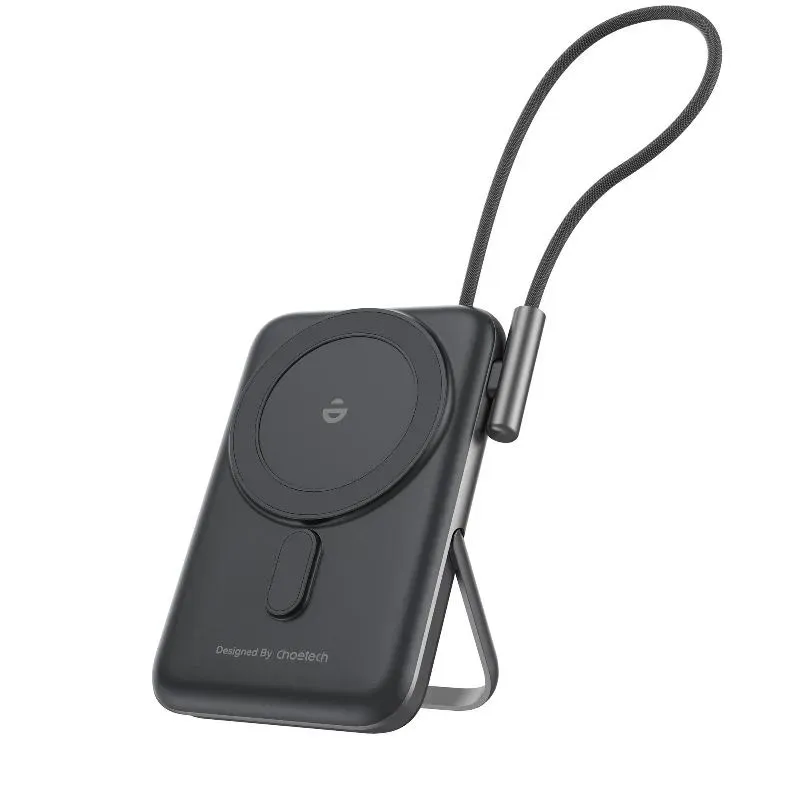 Choetech B735 Bk 10000Mah 20W Magleap Wireless Power Bank Black With Phone Holder And Build In Cable Chargers & Cradles
Choetech B735 Bk 10000Mah 20W Magleap Wireless Power Bank Black With Phone Holder And Build In Cable Chargers & Cradles 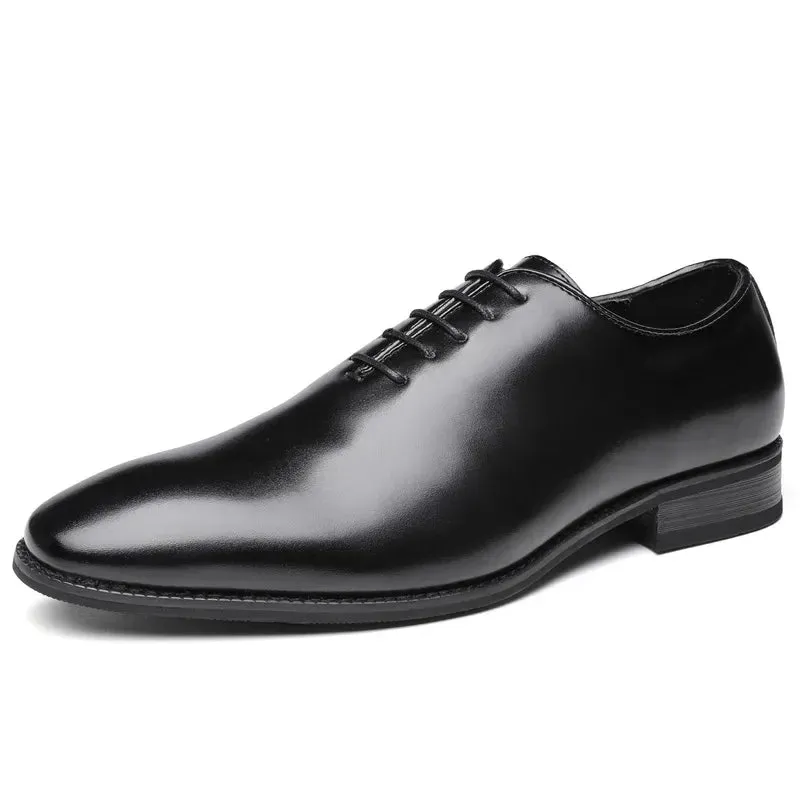 Brand New 2024-2025 Large Size Men's Shoes New High Quality Cowhide Memory Foam Stitching Soles Business Dress Shoes Men Genuine Leather Shoes
Brand New 2024-2025 Large Size Men's Shoes New High Quality Cowhide Memory Foam Stitching Soles Business Dress Shoes Men Genuine Leather Shoes 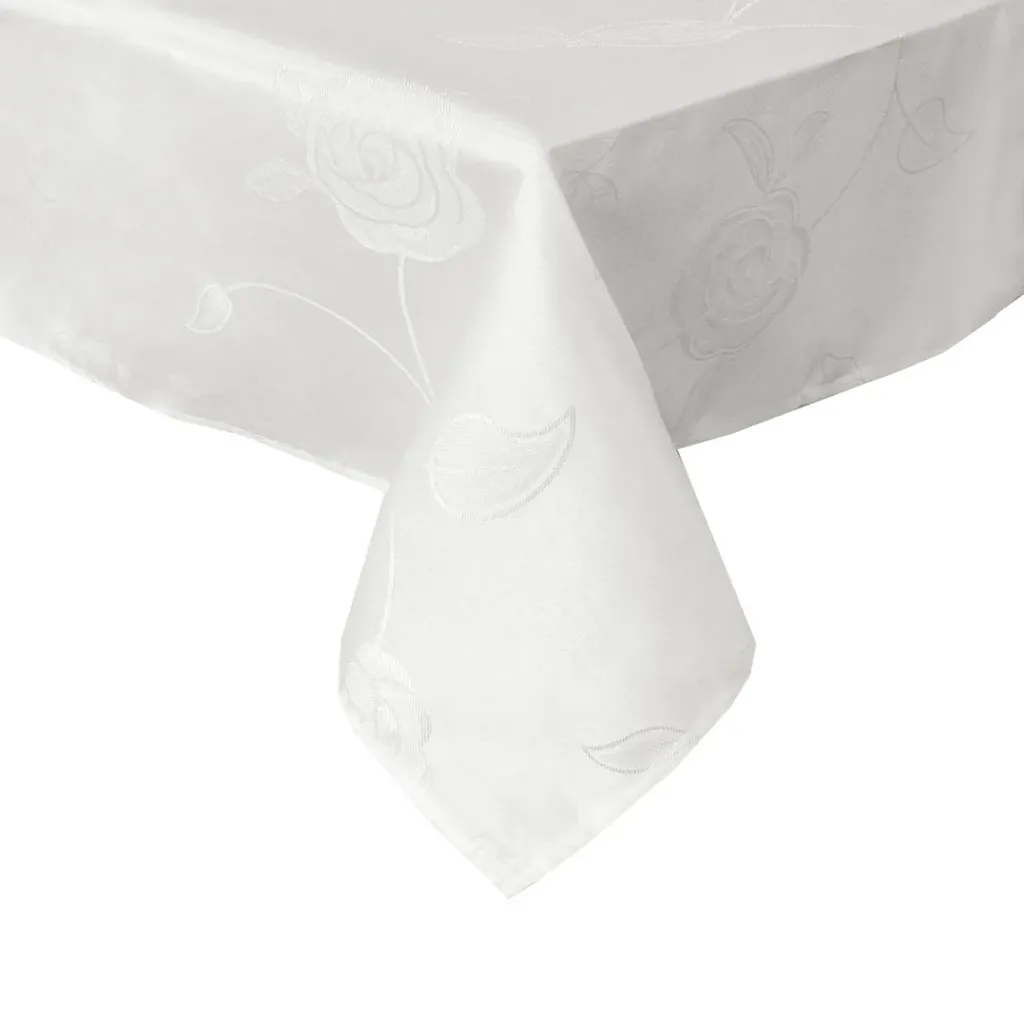 Table Cloths Jacquard Tablecloth Rosa Ivory 135 X 180 Cm
Table Cloths Jacquard Tablecloth Rosa Ivory 135 X 180 Cm 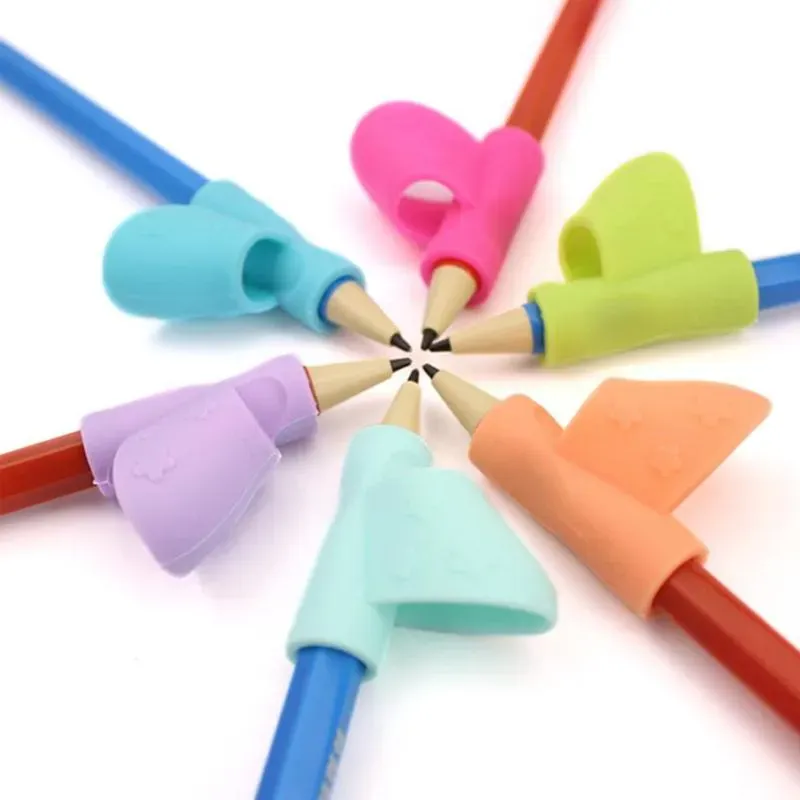 Children's Finger Grip Pencil Holder
Children's Finger Grip Pencil Holder 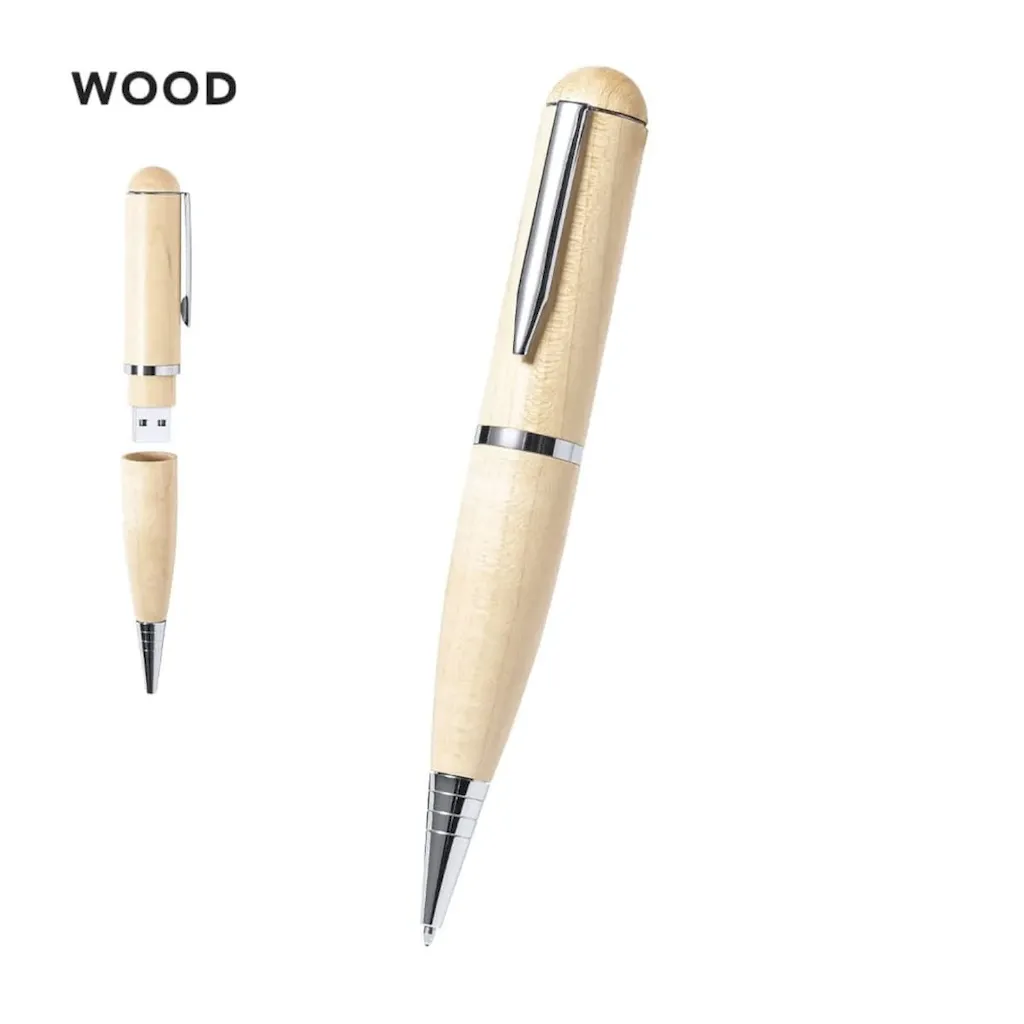 Kornon 16GB
Kornon 16GB  2.2M Artificial Plant Green Ivy Leaf Garland Silk Wall Hanging Vine Home Garden Decoration Wedding Party DIY Fake Wreath Leaves
2.2M Artificial Plant Green Ivy Leaf Garland Silk Wall Hanging Vine Home Garden Decoration Wedding Party DIY Fake Wreath Leaves 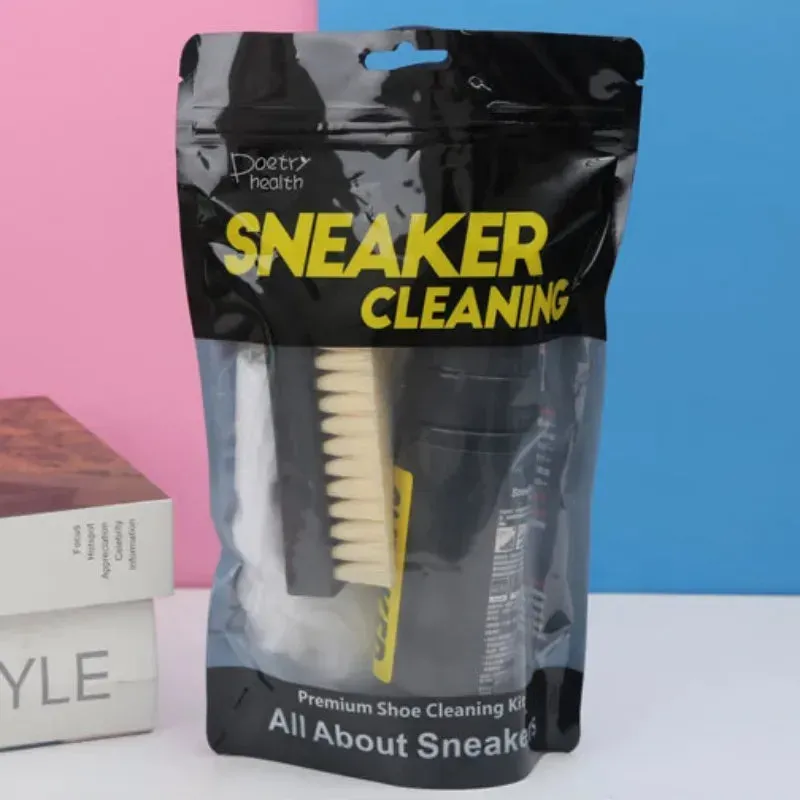 2024 Shoe Cleaning Products Chemicals Liquid Products Sneaker Cleaning Kit multi purpose spray foam Shoe cleaner
2024 Shoe Cleaning Products Chemicals Liquid Products Sneaker Cleaning Kit multi purpose spray foam Shoe cleaner 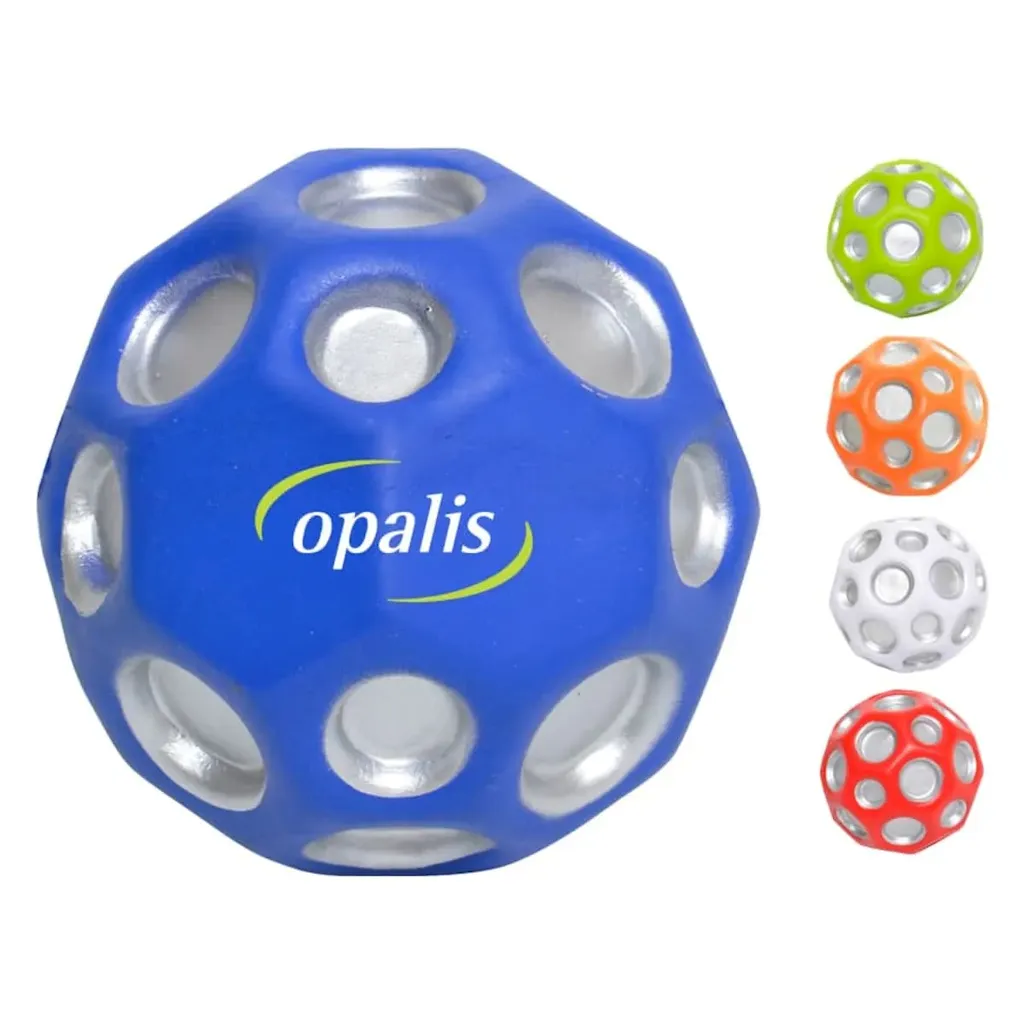 Crater High Bounce Ball
Crater High Bounce Ball 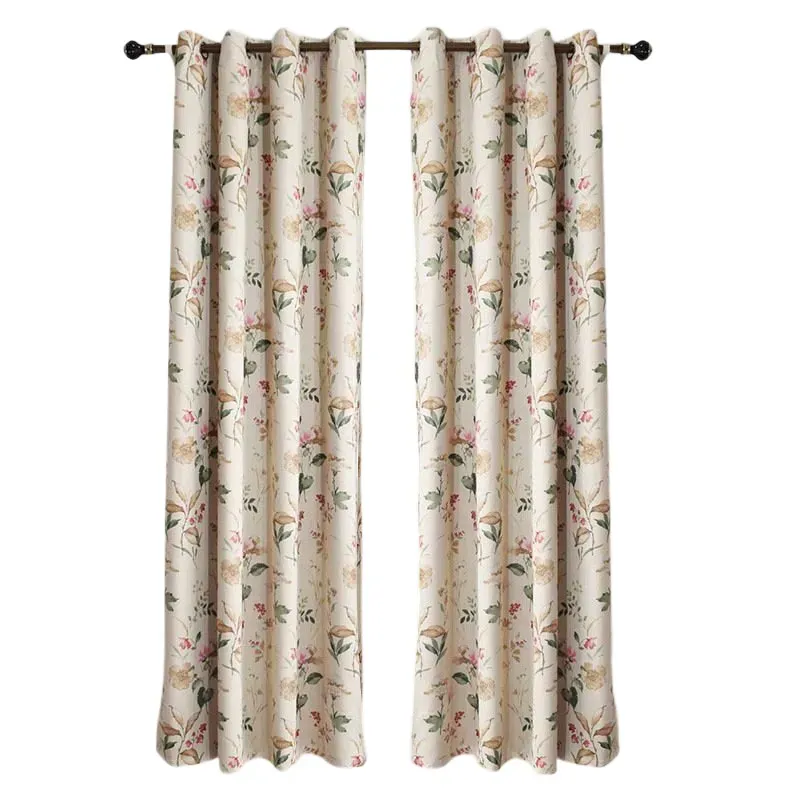 400 Centimetre Curtain Beige Flower Design Modern Luxury Retro Style Texture Curtains & Drapes
400 Centimetre Curtain Beige Flower Design Modern Luxury Retro Style Texture Curtains & Drapes  Warton 2" 8Hp Diesel High Pressure Water Pump Fire Fighting Irrigation Farm Inch Water Pumps & Pressure Tanks
Warton 2" 8Hp Diesel High Pressure Water Pump Fire Fighting Irrigation Farm Inch Water Pumps & Pressure Tanks 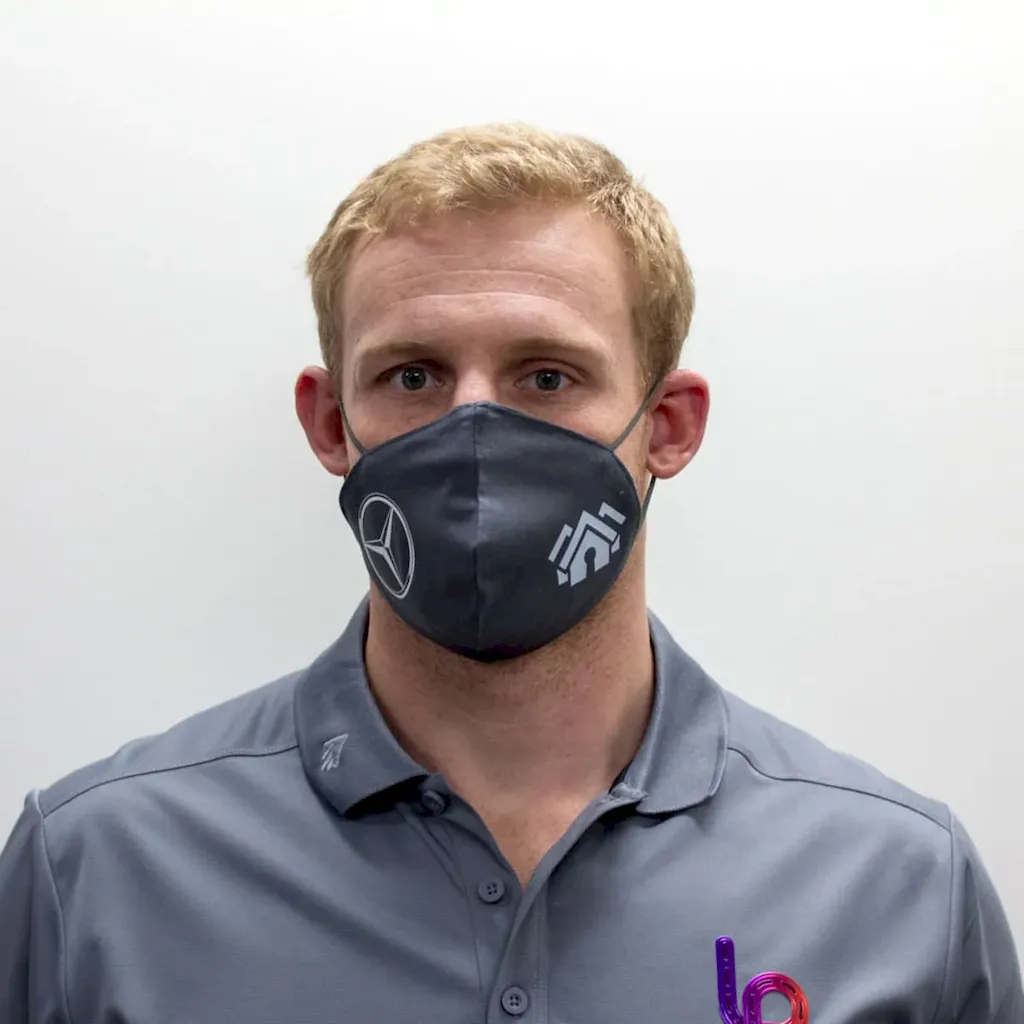 Viroblock Face Mask
Viroblock Face Mask  Sveinfridur
Sveinfridur 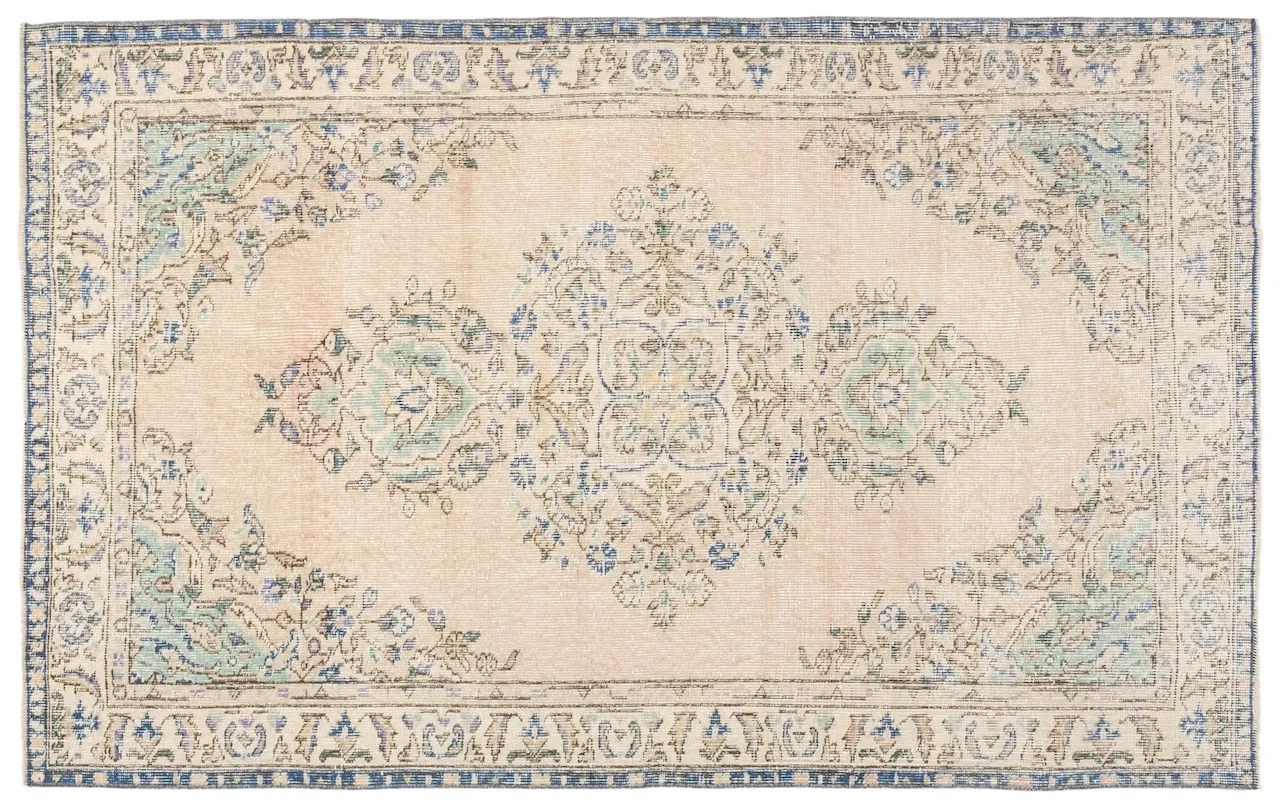 Miljonka
Miljonka
Reviews
There are no reviews yet.